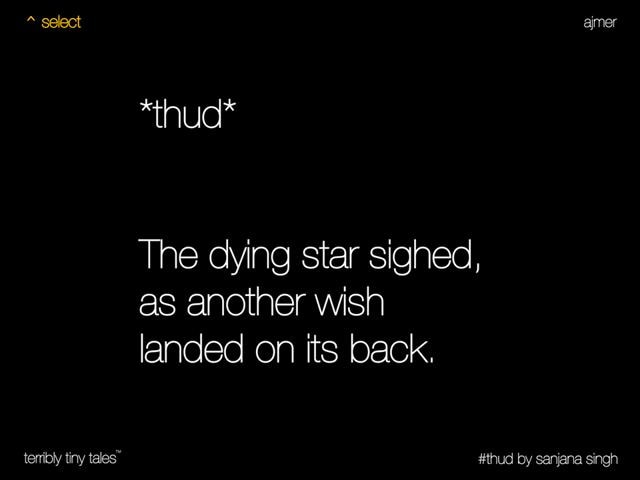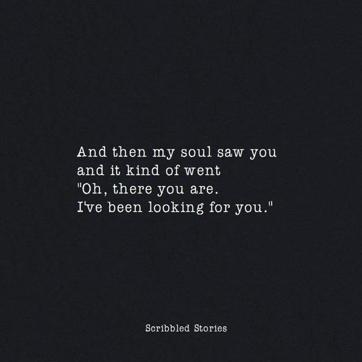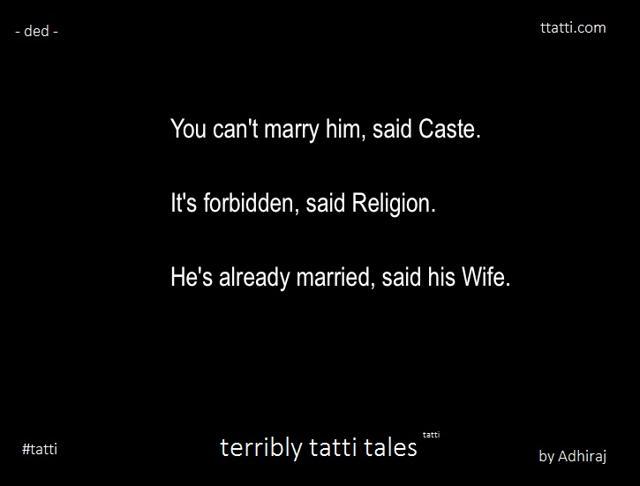How micro fiction went from gripping stories on social issues to cheesy romance
Micro fiction (under 140 characters) got everyone’s attention with hard-hitting stories on feminism and social issues
My chest hurts, Ammi.’ ‘Allah will punish you for lying. Go to school!’
Years have passed. Her chest never stops hurting.
#Peshawar.

This is a post published by Terribly Tiny Tales (TTT) — a social media platform for short stories — in December, 2014, a week after seven men gunned down a school in Peshawar, Pakistan, killing close to 150 people.
Cut to two years later, in July, 2016. TTT published this:
It’s been a while since she moved out. Many have taken her place in my room; none in my heart.
See the difference? While the former is a poignant tale of a mother who lost her child to a terrorist attack, the latter is a sappy story of unrequited love.
The former generated comments reflecting solidarity, anger, shame at the state of humanity, mourning the loss of innocent children. It created a dialogue around the ghastly effects of mass violence. The latter post, predictably, is followed by comments such as “aww, this is so sad” and broken heart emojis.

This stark shift in the focus of micro fiction content — a social media trend that started in 2013, featuring stories under 140 characters — is curious. Sure, literature allows little space for judgment, and subjectivity is paramount. But, the shift is remarkable given how quickly the format gained popularity — by featuring themes of women’s empowerment, terrorism, and mental illnesses. Just three years later, they have largely reduced to cheesy tales of urban romance, while socio-political issues seem to be taking a back seat.
Back to the beginning
The micro fiction wave in India was pioneered by TTT (8.5lakh Facebook followers), the first platform of its sort, launched in 2013. Soon, pages such as Scribbled Stories (61k followers), The Anonymous Writer (4lakh followers) and Tales Xpress (40k followers), followed suit. Amid the social media clutter of memes and long-form, professional journalism, these short stories were discussing relatable and urban issues such as challenges faced by the LGBT community, and the feminist movement in India.
Beyond just the innovative themes, these platforms created a dedicated space for professional and amateur writers alike to display their talent. “Internationally, there are writers like Christopher Poindexter and RM Drake who write short form stories and poems. But there isn’t a consolidated platform for micro fiction,” says Anuj Gosalia (30), co-founder TTT. TTT began with a team of 15 dedicated writers who produced the content, and invited readers to send in short stories too.
Also read: Terribly Tiny Talkies: Are short films the next big thing?

Last year saw a significant boom in the format. TTT, for instance, ventured into other avenues — poetry, open letters, and musings (short stories with an upper limit of 2,000 characters). “We wanted to open new opportunities for writers who were uncomfortable with the 140-character limit. As a result, the number of entries we get from our readers shot up,” says Gosalia, claiming they currently get 500 entries every day.
But, surely, there must be a difference between content created by hand-picked writers, and that by enthusiasts. Gosalia agrees that some of the content that comes their way is mediocre, and the community curators often receive substandard stories sent in by readers.
Also, with a larger audience comes the temptation to cater to a majority sensibility. In fact, fiction pages such as The Emotional Typewriter (nearly 2 lakh followers) even advertises itself as a platform where writers can send in “emotional messages (sic)”.
“The demand for micro fiction today is such that even below-average content passes muster. So, for established pages to stand out, it is paramount to appeal to the masses,” says Amil Bhatnagar (23), a freelance writer.
Read more: Meet Karishma Mehta, the woman behind Humans of Bombay

Rise of parodies
There is, however, one positive side-effect of the fall of micro fiction: the birth of parody micro fiction: stories that use satire to shed light on the mediocre content on social media. A parody of TTT, for instance, called Terribly Tatti Tales (launched in May, 2016; 10k followers), often take a jab at the cheesy content. For instance, one of their posts reads: “ ‘You can’t marry him,’ said caste; ‘It’s forbidden,’ said religion; ‘He’s already married,’ said his wife.”
“It started out as an expression of my annoyance at the sappy posts I saw on my timeline,” says Adhiraj Singh, stand-up comedian and founder of Terribly Tatti Tales. Even comedian Sahil Shah, a member of the East India Comedy group, pokes fun at TTT’s posts by spinning an excessively emotional story in a comic context, on his own Facebook page.
Interestingly, the parody pages are appreciated even by the main micro fiction creators. “It’s flattery at its best, a sign that you are big enough to have people make fun of you,” says Gosalia, adding, “Sometimes it makes us realise that we are overdoing the emotional posts.”
Despite the jokes and the parodies, however, the creators of micro fiction, and the ones who parody it, agree on one thing: the potential of micro fiction to create a dialogue around socio-political issues. “With shrinking attention spans, this is the time for snappy content. Even news is now consumed in 60 words. And powerful stories have always been successful in mobilising masses to take a stand. All we need now are responsible gatekeepers, who will weed out the substandard content,” says Bhatnagar, who also runs a parody page called Terrible Terrible Tales.

Catch your daily dose of Fashion, Health, Festivals, Travel, Relationship, Recipe and all the other Latest Lifestyle News on Hindustan Times Website and APPs.




